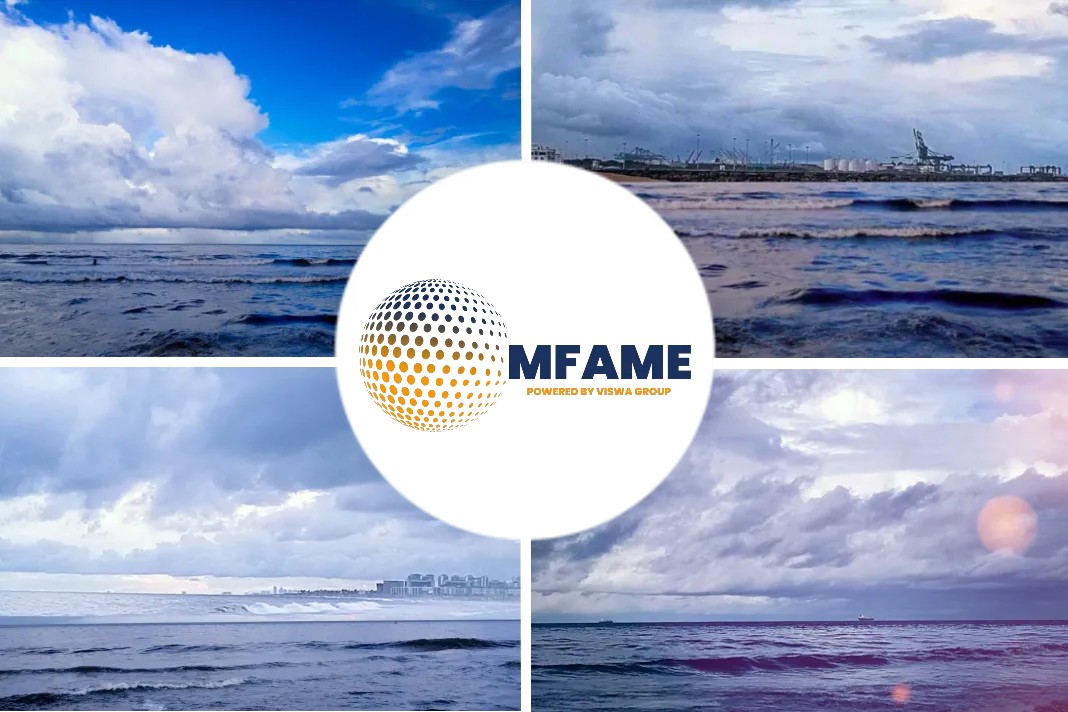
The dry bulk freight market is expected to face continued challenges in the third quarter of this year due to global macroeconomic weakness. Lower returns were experienced in the previous quarter, primarily due to China’s slow economic recovery and weakened commodity demand. According to S&P Global Commodity Insights data, the Platts Capesize T4 Index, which measures four Capesize routes, averaged $14,481 per day in Q2, a decrease from $17,848 per day in Q2 2022, as published on S&P Global.
Dry bulk market
The dry bulk freight market continues to face downward pressure, as indicated by the Platts KMAX9 Index and Platts APSI 5 Index. The KMAX9 Index, which reflects nine Panamax routes, averaged $11,598 per day in Q2, significantly lower than the $25,525 per day recorded in the same period last year. Similarly, the APSI 5 Index, representing five Supramax routes in the Asia-Pacific region, averaged $9,580 per day in Q2 2023, showing a substantial decline from $25,814 per day in Q2 2022. These figures highlight the significant decrease in freight rates and the challenging conditions faced by the dry bulk shipping industry.
Shipping sources have reduced their expectations for the current quarter, as demand for coal, iron ore, and grains traditionally picks up during this period. Anticipated stimulus measures in China are not expected to significantly boost transportation demand, as the country is shifting away from a manufacturing-based economy. Chinese economic performance has been lacklustre, leading to dampened sentiment, reduced consumer spending, and lower demand for goods. Weak real estate demand in China is likely to result in lower commodity import volumes, negatively impacting shipping activity and depressing rates. Ships are experiencing a quick turnaround at Chinese ports and are seeking new employment, while the absence of congestion and increased tonnage supply is further contributing to declining freight rates.
Capesize, Panamax – lacking coal cargoes
Despite Chinese steel margins remaining low, the Capesize segment in the shipping industry expects increased iron ore cargoes from Brazil to provide support. Q3 typically sees a boost in Brazilian iron ore production and export due to improved weather conditions. However, the reduction in coal movement has caused concerns as it has resulted in reduced competing demand for Capesize ships. On the other hand, Supramax and Panamax rates have been negatively impacted by the return of containerized cargo to boxships, compared to previous years. The competition for coal cargoes has intensified, with Panamax ships receiving fewer coal cargoes to transport. This has led to intense competition among shipowners in the Pacific region for available cargo.
Warmer climate may support coal demand
The slow recovery in Chinese manufacturing and production, leading to reduced energy utilization, has resulted in lower demand for coal. Daily energy consumption remains the primary driver of coal demand in China. Higher domestic coal production in China and India has further reduced seaborne coal movement, leading to subdued shipping rates. However, some participants in the dry bulk market hold optimism for improved freight rates in Q3 due to seasonal factors, such as increased seaborne coal demand during East Asia’s warmer summer season to meet higher energy consumption. Additionally, the limited dry bulk new building orderbook may help restrict tonnage supply, providing some support to the dry bulk market.
Did you subscribe to our newsletter?
It’s free! Click here to subscribe!
Source: S&P Global
























